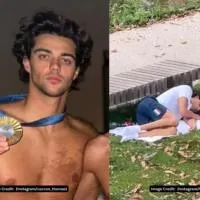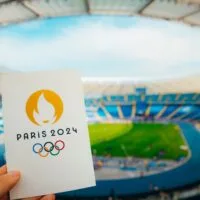The much-anticipated Olympics opening ceremony along the iconic Seine River in Paris was met with mixed reactions, with many viewers labeling it as the ‘worst’ they had ever seen. This historic first open-air ceremony aimed to captivate audiences with a grand water parade featuring 6,800 athletes across 85 boats. However, the spectacle was overshadowed by relentless rain, causing significant audio issues and dampening the overall experience.
Despite the grand vision and unique setting, the event struggled to keep viewers engaged. Performances by Lady Gaga and thousands of dancers, acrobats, and actors were barely audible over the downpour, leading to widespread disappointment. Social media buzzed with criticism, as many compared the ceremony unfavorably to previous ones, particularly the 2012 London Olympics. The innovative concept of a river parade, while ambitious, left many questioning its execution amid the challenging weather conditions.
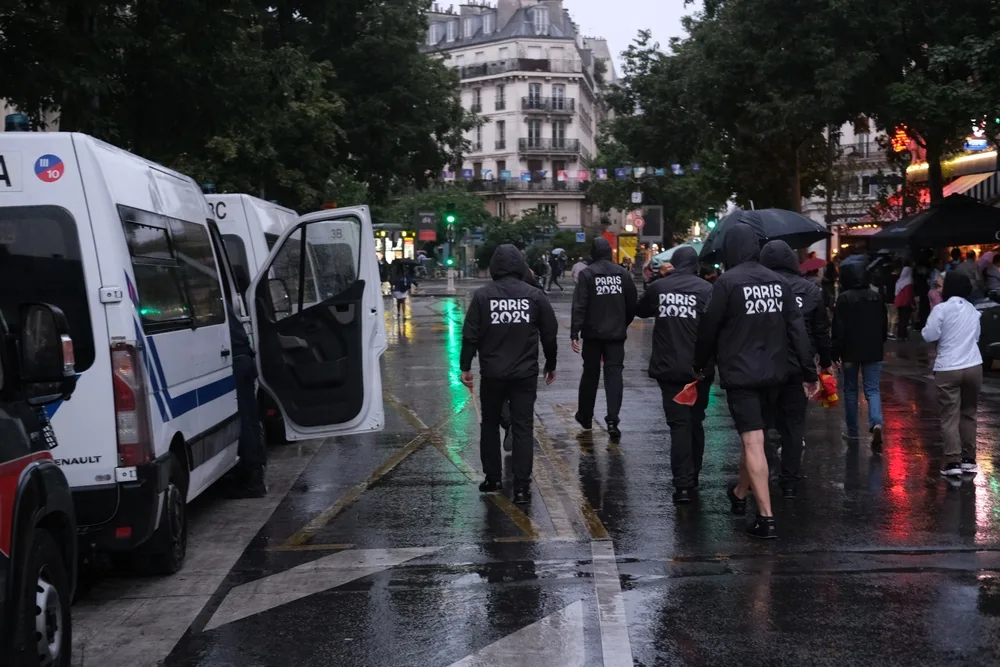
Unique Setting and Concept
For the first time in Olympic history, the opening ceremony was held outside a traditional stadium, taking place along a 6-kilometer stretch of the Seine River. The ambitious plan aimed to showcase Paris’s charm and offer a fresh, dynamic take on the grand event. A fleet of 160 boats, each carrying 94 athletes, cruised down the river in a visually stunning procession. The concept promised to blend the historic beauty of Paris with the excitement of the Olympics, creating a truly memorable spectacle.
Initially, the idea of an open-air water parade garnered excitement and high expectations. The picturesque setting, combined with performances from world-renowned artists like Lady Gaga, along with approximately 3,000 dancers, acrobats, and actors, was designed to be a feast for the senses. Organizers envisioned a celebration that would resonate globally, highlighting the innovative spirit of Paris. However, as the ceremony unfolded, the unpredictable weather conditions posed significant challenges, dampening the overall experience for both live spectators and viewers at home.
Challenges Faced During the Ceremony
The ambitious open-air ceremony faced numerous challenges, primarily due to the relentless rain that plagued the event. The downpour not only affected the visual appeal but also caused significant audio issues, making it difficult for viewers to hear the performances. Lady Gaga’s much-anticipated performance, along with those of the dancers, acrobats, and actors, were largely drowned out by the sound of the rain.
Technical difficulties compounded the problem, with several performances becoming nearly inaudible. Viewers at home and spectators along the Seine struggled to follow the event, leading to widespread frustration. Social media was abuzz with comments about the poor audio quality, with many describing the ceremony as chaotic and hard to follow.
Moreover, the weather conditions turned the scene from a vibrant parade into a display of drenched athletes and spectators. The athletes, clad in plastic ponchos, tried to keep their spirits high, but the enthusiasm was visibly dampened by the persistent rain. The screens at the Trocadéro, where thousands of spectators had gathered, suffered blackouts due to the weather, adding to the sense of disarray.
Overall, the weather and technical issues overshadowed the innovative concept, making the ceremony memorable for all the wrong reasons.
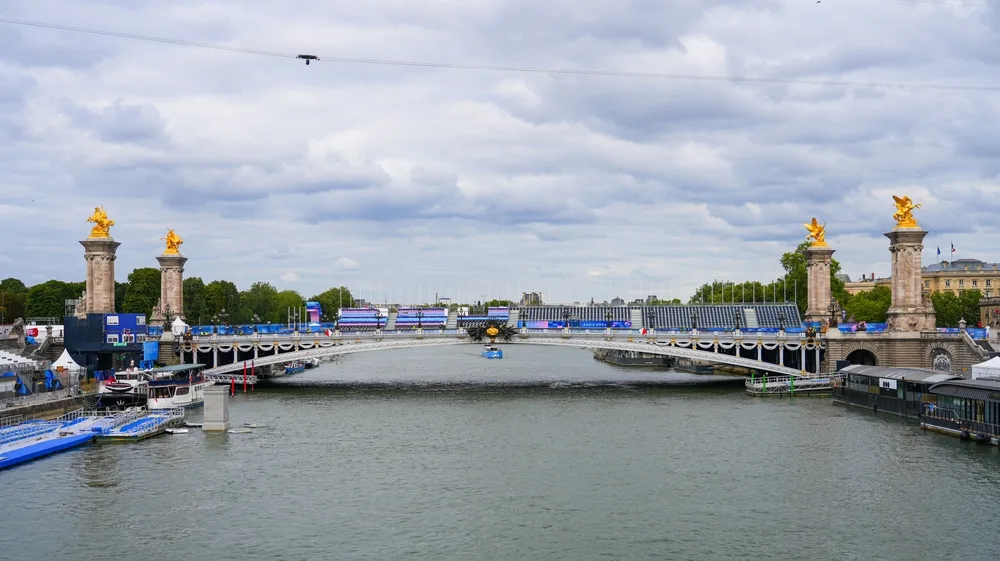
Public and Social Media Reactions
The unique and ambitious setting of the Olympics opening ceremony in Paris quickly became a hot topic on social media. Many viewers took to platforms like Twitter and Instagram to share their disappointment, with some calling it the worst Olympic opening ceremony they had ever witnessed. The hashtag #OlympicsOpeningCeremony trended for hours, but not for the reasons the organizers had hoped.
One viewer commented, “France is doing good but it’s getting nowhere near the 2012 London Olympics opening ceremony,” encapsulating the general sentiment that the event fell short of expectations. Memes and humorous posts flooded the internet, with one popular post featuring a picture of UK Prime Minister Rishi Sunak with the caption “Stop the boats,” poking fun at the water-bound parade.
The comparison to previous Olympic ceremonies was a common theme. Many viewers felt that the open-air parade, though innovative, lacked the grandeur and excitement of a stadium event. Comments like “It’s an interesting idea bringing the athletes in on boats, but it looks rubbish and misses the roar of the crowd. Sorry, but not for me,” highlighted the disconnect between the concept and its execution.
Some critiques were directed at specific elements of the ceremony. The boats themselves came under fire for lacking uniformity and aesthetic appeal. One user noted, “All the boats should have been the same and more fancy looking,” while another wished for the comedic commentary of Graham Norton to make sense of the spectacle.
Even the performances did not escape criticism. Gaming fans drew comparisons between the masked torchbearer running on rooftops and Arno, a character from the video game Assassin’s Creed, while the performance by a man painted blue and covered in flowers and fruit, representing the Greek god Dionysus, left viewers bewildered. Comparisons to a smurf and characters from children’s shows further underscored the bizarre nature of the ceremony.
Overall, the public and social media reactions were overwhelmingly negative, with many questioning the decision to hold the ceremony outdoors in such unpredictable weather conditions.
Highlights and Noteworthy Moments
Despite the overwhelming criticism, the Paris Olympics opening ceremony did have its moments of brilliance that deserve recognition. Among the highlights were the impressive performances and unique elements that showcased French culture and creativity.
One of the standout moments was the torch relay segment. The torchbearer, who ran across the rooftops of Paris, drew comparisons to the character Arno from the popular video game Assassin’s Creed. This creative twist captivated gaming fans and added a modern touch to the traditional torch relay. The official Assassin’s Creed Twitter account even joined in the fun, posting a video of Arno in action with the caption, “Keep an eye on Paris’ rooftops – Arno might just be watching from above.”
Another noteworthy performance was by a man painted blue and adorned with flowers and fruit, representing the Greek god Dionysus. Although his performance received mixed reactions, it was a bold and imaginative representation that sparked conversations. The juxtaposition of classical mythology with a modern artistic interpretation was a unique highlight of the ceremony.
The musical performances, although marred by audio issues, also had their moments. Lady Gaga’s presence brought star power to the event, and the inclusion of traditional French performances like the can-can, songs from Les Misérables, and the opera Carmen showcased the country’s rich cultural heritage. The performance by the French heavy metal band Gojira added a surprising and energetic twist, reflecting the diverse musical landscape of France.
Athletes’ resilience and enthusiasm also shone through despite the adverse conditions. Covered in plastic ponchos, the 6,800 athletes remained spirited and engaged, waving to the crowds and showing their excitement to be part of such a historic event. Their determination and positive energy were a testament to the Olympic spirit.
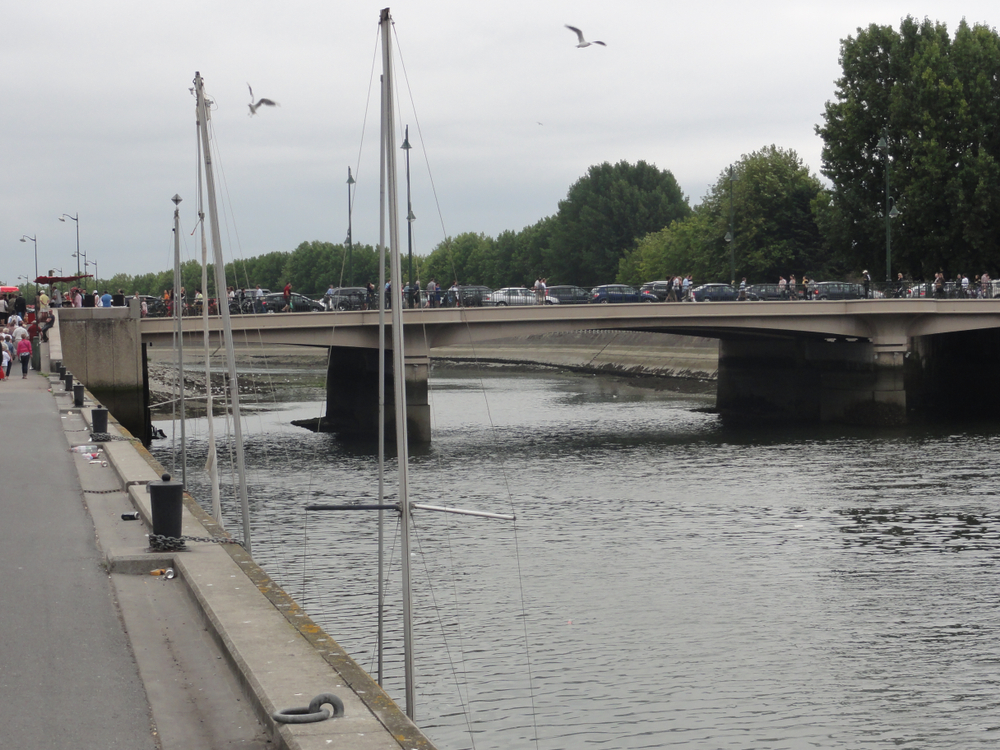
Lessons and Future Considerations
The Paris Olympics opening ceremony, despite its innovative concept and grand ambitions, highlighted several critical lessons for future large-scale events. These lessons, centered on planning, execution, and contingency strategies, are essential for ensuring smoother and more successful ceremonies in the future.
Embrace Weather Contingency Plans
One of the primary takeaways from the Paris ceremony is the importance of robust weather contingency plans. Hosting an open-air event comes with inherent risks, particularly regarding unpredictable weather conditions. Future organizers should:
- Prepare Backup Plans: Develop detailed backup plans for adverse weather, including indoor alternatives or covered areas that can quickly be adapted.
- Enhance Weather Prediction Technology: Invest in advanced weather prediction technologies and establish real-time monitoring to make informed decisions promptly.
- Provide Weather-Appropriate Gear: Ensure that participants and spectators are equipped with appropriate weather gear to maintain comfort and engagement regardless of conditions.
Optimize Audio and Technical Aspects
The audio issues experienced during the Paris ceremony underscore the need for meticulous planning and testing of technical aspects. Key considerations include:
- Conduct Thorough Testing: Implement rigorous testing of audio and visual equipment in various weather conditions to identify and mitigate potential issues.
- Enhance Technical Support: Deploy a robust technical support team capable of addressing unforeseen technical challenges swiftly.
- Incorporate Redundant Systems: Utilize redundant audio and visual systems to ensure uninterrupted performance even if one system fails.
Maintain Audience Engagement
The Paris ceremony’s unique setting and ambitious concept were bold moves, but maintaining audience engagement proved challenging. Future ceremonies should consider:
- Balance Innovation with Tradition: While innovative ideas are essential, they should be balanced with elements that audiences are familiar with and enjoy.
- Ensure Clear Narratives: Develop a clear and cohesive narrative that guides the audience through the ceremony, making it easy to follow and engaging.
- Enhance Visual Appeal: Pay attention to the uniformity and aesthetic appeal of all elements, from props and sets to costumes and vessels, to create a visually stunning experience.
Learn from Public and Social Media Feedback
Public and social media feedback provides valuable insights into audience preferences and areas for improvement. Organizers should:
- Monitor Real-Time Feedback: Use social media platforms to monitor real-time feedback and make adjustments where possible.
- Engage with the Audience: Engage with the audience through interactive elements, polls, and live responses to create a more inclusive experience.
- Analyze Post-Event Reactions: Conduct thorough analyses of post-event reactions to identify strengths and weaknesses and apply these insights to future planning.
Prioritize Cultural Representation
Highlighting cultural elements, as seen with the Paris ceremony’s diverse performances, is crucial. Future ceremonies should:
- Showcase Local Culture: Ensure that the host country’s culture is prominently featured, creating a unique and enriching experience for global audiences.
- Incorporate Global Influences: Blend local cultural elements with global influences to appeal to a diverse audience.
- Respect Cultural Sensitivities: Be mindful of cultural sensitivities and strive to represent different cultures respectfully and accurately.
By addressing these lessons and considerations, future Olympic ceremonies can better navigate the challenges of large-scale event planning and execution, creating memorable and successful experiences that resonate with audiences worldwide.
Comprehensive List of Tips for Successful Outdoor Ceremonies
Hosting an outdoor ceremony, especially on the scale of the Olympics, requires meticulous planning and consideration of numerous factors to ensure success. Here’s a comprehensive list of tips to help organizers execute a flawless event:
1. Robust Weather Preparedness
- Advanced Weather Forecasting: Utilize state-of-the-art weather forecasting technology to anticipate and prepare for adverse conditions.
- Backup Venues: Have indoor venues on standby to move the ceremony indoors if weather conditions become untenable.
- Protective Gear: Provide waterproof ponchos, umbrellas, and other protective gear for participants and spectators.
2. Enhanced Technical Planning
- Redundant Systems: Implement redundant audio and visual systems to ensure continuous operation despite technical failures.
- Soundproof Equipment: Use soundproof and weather-resistant equipment to minimize disruptions caused by environmental noise and rain.
- Frequent Testing: Conduct frequent and thorough testing of all technical equipment in various weather scenarios to identify potential issues.
3. Audience Engagement Strategies
- Interactive Elements: Incorporate interactive elements such as live polls, social media interactions, and audience participation to keep viewers engaged.
- Clear Narratives: Develop a clear and engaging narrative that guides the audience through the ceremony, making it easy to follow and exciting.
- Visual Uniformity: Ensure all visual elements, such as costumes, props, and sets, are cohesive and aesthetically pleasing.
4. Effective Communication Plans
- Real-Time Updates: Provide real-time updates and communication channels to keep spectators informed about any changes or delays due to weather.
- Engage Commentators: Employ engaging and knowledgeable commentators who can explain the events and keep the audience entertained despite any interruptions.
- Social Media Monitoring: Actively monitor social media for feedback and be prepared to address concerns or confusion promptly.
5. Cultural and Creative Integration
- Showcase Local Culture: Highlight the host country’s culture through performances, music, and visual displays to create a unique and enriching experience.
- Blend Global Influences: Integrate global cultural elements to appeal to a diverse audience and reflect the international nature of the Olympics.
- Respect Sensitivities: Be mindful of cultural sensitivities and strive for respectful and accurate representations.
6. Logistics and Coordination
- Detailed Scheduling: Create a detailed schedule that accounts for potential delays and ensures smooth transitions between different segments of the ceremony.
- Rehearsals: Conduct multiple rehearsals under various weather conditions to ensure all participants are prepared for any scenario.
- Coordination Teams: Establish dedicated teams for logistics, technical support, and audience management to handle different aspects of the ceremony efficiently.
7. Post-Event Analysis
- Collect Feedback: Gather feedback from participants, spectators, and viewers to identify areas of improvement.
- Analyze Social Media Reactions: Analyze social media reactions to understand public perception and address any criticisms constructively.
- Document Lessons Learned: Document all lessons learned and create a comprehensive report to guide future events.
By following these tips, organizers can enhance the chances of hosting a successful and memorable outdoor ceremony, even in the face of unexpected challenges.

